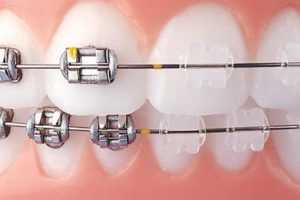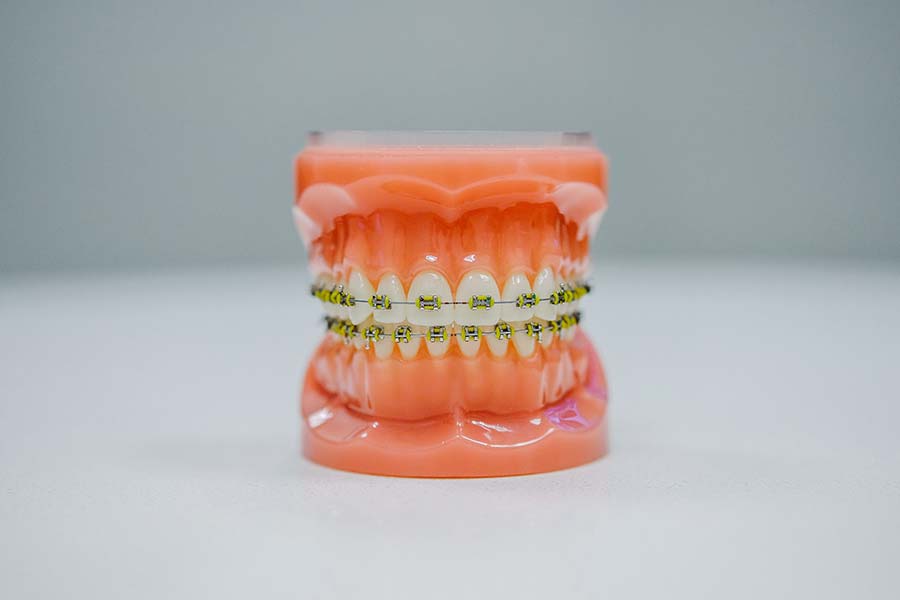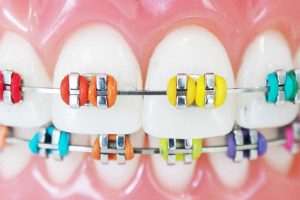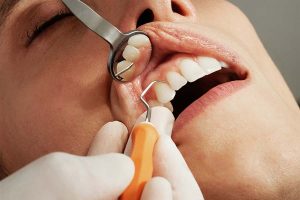
What is bracket?
Brackets are small metal squares attached to the front and side teeth. They act like handles that allow us to


Brackets are small metal squares attached to the front and side teeth. They act like handles that allow us to

Orings are rubber rings that attach to brackets. The main function of the O-ring is to connect the orthodontic wire

orthodontic Orthodontic treatments may focus solely on correcting the position of the teeth or changing the pattern and direction of

A fixed or movable device that can move a permanently displaced tooth to its proper position in the tooth arch.
